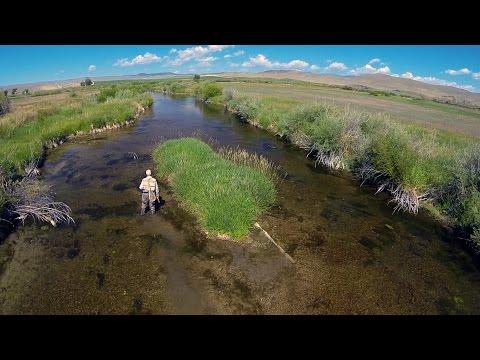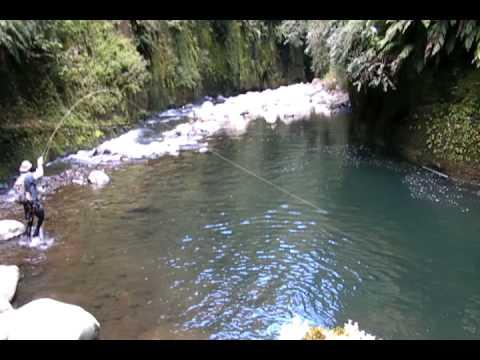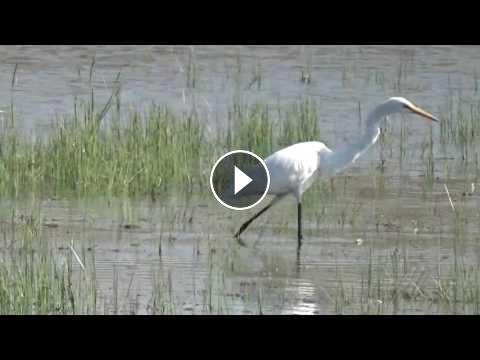The great egret (Ardea alba), also known as the common egret, large egret or (in the Old World) great white heron, is a large, widely distributed egret, with four subspecies found in Asia, Africa, the Americas, and southern Europe. Distributed across most of the tropical and warmer temperateregions of the world. It builds tree nests in colonies close to water.
Systematics and taxonomy
Like all egrets, it is a member of the heron family, Ardeidae. Traditionally classified with the storks in the Ciconiiformes, the Ardeidae are closer relatives of pelicans and belong in the Pelecaniformes instead. The great egret—unlike the typical egrets—does not belong to the genusEgretta but together with the great herons is today placed in Ardea. In the past, however, it was sometimes placed in Egretta or separated in a monotypic genus Casmerodius.
The Old World population is often referred to as the great white egret. This species is sometimes confused with the great white heron of the Caribbean, which is a white morph of the closely related great blue heron.
The scientific name comes from Latin ardea "heron", and alba, "white".The great egret is a large heron with all-white plumage. Standing up to 1 m (3.3 ft) tall, this species can measure 80 to 104 cm (31 to 41 in) in length and have a wingspan of 131 to 170 cm (52 to 67 in).
The great egret feeds in shallow water or drier habitats, feeding mainly on fish, frogs, small mammals, and occasionally small reptiles and insects, spearing them with its long, sharp bill most of the time by standing still and allowing the prey to come within its striking distance of its bill which it uses as a spear. It will often wait motionless for prey, or slowly stalk its victim.
The species breeds in colonies in trees close to large lakes with reed beds or other extensive wetlands, preferably at height of 10–40 feet (3.0–12.2 m).It begins to breed at 2–3 years of age by forming monogamous pairs each season. It is unknown if the pairing carries over to the next season. The male selects the nest area, starts a nest and then attracts a female. The nest, made of sticks and lined with plant material, could be up to 3 feet across. Up to six bluish green eggs are laid at one time. Both sexes incubate the eggs and the incubation period is 23–26 days. The young are fed by regurgitation by both parents and they are able to fly within 6–7 weeks.[
Systematics and taxonomy
Like all egrets, it is a member of the heron family, Ardeidae. Traditionally classified with the storks in the Ciconiiformes, the Ardeidae are closer relatives of pelicans and belong in the Pelecaniformes instead. The great egret—unlike the typical egrets—does not belong to the genusEgretta but together with the great herons is today placed in Ardea. In the past, however, it was sometimes placed in Egretta or separated in a monotypic genus Casmerodius.
The Old World population is often referred to as the great white egret. This species is sometimes confused with the great white heron of the Caribbean, which is a white morph of the closely related great blue heron.
The scientific name comes from Latin ardea "heron", and alba, "white".The great egret is a large heron with all-white plumage. Standing up to 1 m (3.3 ft) tall, this species can measure 80 to 104 cm (31 to 41 in) in length and have a wingspan of 131 to 170 cm (52 to 67 in).
The great egret feeds in shallow water or drier habitats, feeding mainly on fish, frogs, small mammals, and occasionally small reptiles and insects, spearing them with its long, sharp bill most of the time by standing still and allowing the prey to come within its striking distance of its bill which it uses as a spear. It will often wait motionless for prey, or slowly stalk its victim.
The species breeds in colonies in trees close to large lakes with reed beds or other extensive wetlands, preferably at height of 10–40 feet (3.0–12.2 m).It begins to breed at 2–3 years of age by forming monogamous pairs each season. It is unknown if the pairing carries over to the next season. The male selects the nest area, starts a nest and then attracts a female. The nest, made of sticks and lined with plant material, could be up to 3 feet across. Up to six bluish green eggs are laid at one time. Both sexes incubate the eggs and the incubation period is 23–26 days. The young are fed by regurgitation by both parents and they are able to fly within 6–7 weeks.[
- Category
- Fly Fishing




